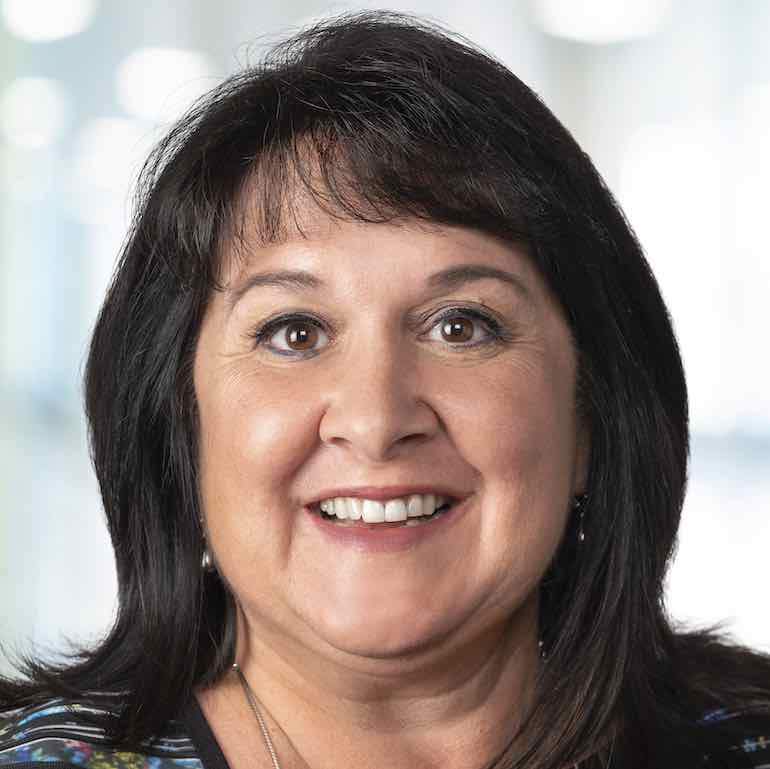3 minutes
Done well, DEI can be a strategic differentiator for credit unions.
Diversity, equity and inclusion is a complex movement that continues to evolve, challenge our assumptions and push us forward. Done well, DEI can transform company culture and be a strategic differentiator for credit unions.
The Path to Parity
According to research from ManpowerGroup, the path to parity is the journey from conscious inclusion to unconscious inclusion. When it comes to workplace culture, moving the needle requires a wholesale change in thinking. To reach the end goal of unconscious inclusion, organizations should:
- Intentionally create a culture of shared power and inclusivity, starting at the top
- Be aware of unconscious bias
- Employ strategies to reduce or mitigate unconscious bias
- Create a tangible DEI strategy and a measurable plan to achieve that strategy
- Go beyond work-life integration to work-life harmonization
Once your organization has committed to DEI, it is time to focus on building an inclusive culture by making DEI a top priority for your organization. Inclusive leaders build inclusive teams, and unconscious bias training is an important part of this. Committing to inclusivity means teaching leaders at all levels of your organization how to recognize and mitigate unconscious bias. It is an ongoing and evolutionary process.
Understand Why You’re Losing Diverse Talent
As part of this, it is critical to understand why your organization might be losing diverse talent. One of the primary reasons cited by diverse talent for leaving is a lack of psychological safety. DEI requires a commitment to ongoing conversation. Determining how to tackle uncomfortable conversations can be tough, but Courageous Conversations About Race by Glenn Singleton outlines a four-agreement model:
- Stay engaged and present in the dialogue, regardless of the engagement level of others. Resist that natural inclination to stay silent and disengage on potentially uncomfortable topics.
- Speak your truth; share your honest thoughts and feelings. This requires a willingness to take a risk and possibly disrupt the peace in the workplace.
- Be ready to experience discomfort. Nobody enjoys it, but it is the only path to real growth. Pushing ourselves into honest dialogue about our core beliefs, values, perceptions and behavior is how we will move forward in our efforts.
- Expect and accept non-closure. Understand there is no quick solution to issues of this magnitude, complexity and longevity.
Create a Strong DEI Vision, Mission and Strategy
Next, it is time to establish a strong DEI vision, mission and strategy. Be sure to make your mission, vision and strategy your own. While there is no one correct formula, creating a collaborative framework that includes input from leaders and employees from across the organization increases your chance for success.
As part of operationalizing DEI, it is extremely important to make sure DEI is embedded throughout the talent lifecycle. This means reviewing all talent processes, including talent acquisition, promotions, performance management, compensation and succession planning. All of these processes have to be reviewed to ensure bias is mitigated and diverse employees have equal access to opportunities within your organization.
Establish Metrics
Finally, once you have created the strategy, it is imperative to have metrics in place to measure progress. One of the best metrics out there that measures DEI is Gallup’s DEI Index, which is a group of questions that can be incorporated into your annual employee engagement survey. However, there are many DEI metrics available through other reputable sources as well, such as Gartner.
Over the past 18 months, DEI has risen to the forefront of discussion in the workplace. Many people would say that we have reached a tipping point. While times of crisis can be uncomfortable and disruptive, they can also be a catalyst for change. Through DEI, we can seize this moment to create real and sustainable change in our organizations.
Lynn Heckler has served as EVP/chief talent officer for CUESolutions Silver provider PSCU since May 2011. Since joining the company in 2001, Heckler has shared her passion for creating a culture of inclusion, leadership development and engagement in the workplace, advancing PSCU’s initiatives for inclusion and diversity, women’s leadership, learning and organizational development, corporate insurance, facilities and more.






